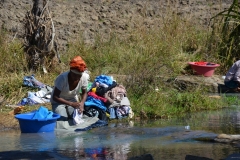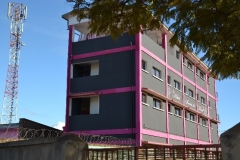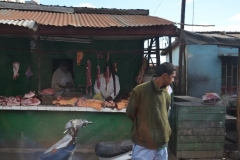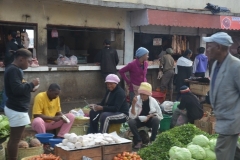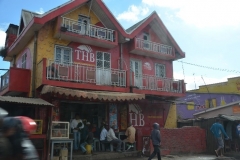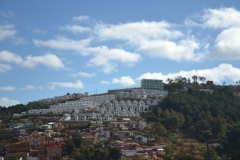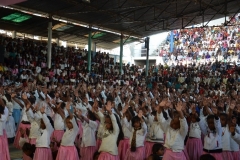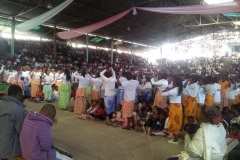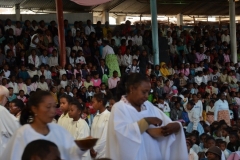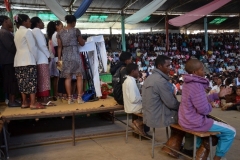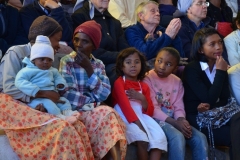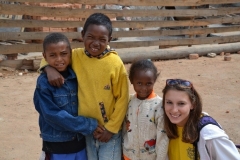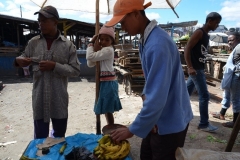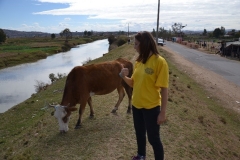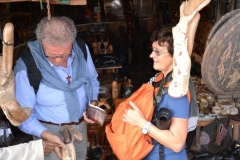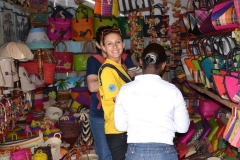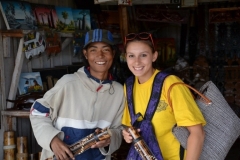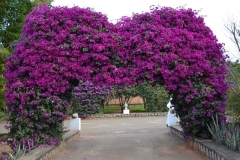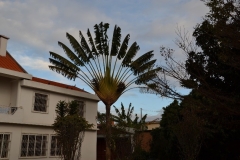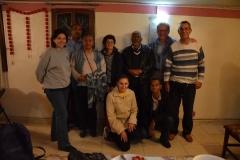National Geographic Explorer Dr. Christopher Golden and his team of Harvard Planetary Health Scholars spent six weeks in Madagascar to better understand the human health impacts of environmental change. This series of stories will document this journey across Madagascar through the personal experiences of these students.
By Zachary Strecker, Harvard University undergraduate and Planetary Health Undergraduate Scholar

Antaravato’s children are acrobats. No older than the age of ten, every day they would perform their backflips and corkscrews off a short slope into an irrigation ditch for our research team. The children loved to show off their stunts while we watched in awe. They would play there for hours on end, and every day our team would stop by to take a look.
Impressive as it was I was genuinely concerned by their antics. In a community as remote as Antaravato, sprains and fractures could lead to potentially life long morbidity without proper treatment. The greater hazard, however, lay just upstream from the children’s favorite playground. Hidden in the shadow of a footbridge, a kitten found its final resting place, decomposing in what looked like an otherwise pristine mountain stream.
I was struck by this image. Such a strong representation of childhood lost to illness and the more tangible threat of waterborne disease mere feet away from the children playing resonated with me.
The grim reality of contaminated water in Madagascar’s rural communities spells danger for children like those in Antaravato. Their joy suddenly seemed so fragile. A child could succumb to diarrheal disease quickly where nutrition is poor and access to treatment is severely limited. Contact with contaminated water is one of the leading causes of diarrheal illness, which takes the lives of over 800,000 children under the age of five each year around the world.

Waste water from latrines, agriculture, and livestock runoff leaches into rural watersheds. Children frequently come into contact through play, adults while tending their crops and gathering water.
The Benefit of Intact Forests
Antaravato is fortunate. Their drinking water comes from deep wells installed by MedAir just a year ago. If all else fails, the only thing that lies between them and the source of their river is sparsely inhabited rainforest. Intact forests upstream of the watershed has been shown to decrease the risk of childhood diarrheal disease. Therefore, forest conservation can deliver immense health benefits. Despite these benefits the community and its most vulnerable members remain at risk.
Travel downstream and the rain forest’s cleansing effect diminishes. Only a kilometer or so from Antaravato the crystal clear waters fade to a murky stew as waste from each passing community flows into the river, ushering in pathogens along the way. Protozoa, helminth parasites, and bacterial infections can rapidly sweep through a community. There they multiply and find their way back into the water supply.
Unfortunately, Antaravato is the exception in Madagascar. Deforestation has decimated Malagasy rainforests, which often serve as a rural community’s primary line of defense against waterborne pathogens through water filtration. In most rural Malagasy communities, open sources of water are the only option for cooking, bathing, and drinking.
Changing Climate, Changing Threats
To make matters worse climate change is expected to alter rainfall patterns nationwide. These changes and the intensification of severe weather events may put people in close contact with contaminated water. Flooding from cyclones can inundate latrines and open sewers, which in turn flow into safe water supplies. Droughts force people to turn to suboptimal sources of drinking water that may harbor pathogens. The result is an improved breeding ground for diseases that place a tremendous burden on already vulnerable populations.

Madagascar faces a formidable challenge with climate change and deforestation. Waterborne disease remains one of the greatest threats to Malagasy people, especially children. At the moment the government lacks the resources to improve the quality of water sources in its communities and NGO interventions happen at an insufficient rate to solve the country’s clean water problem.
Tracking the Problem to Its Source
Among other planetary health projects, our team is launching a disease surveillance platform that has the potential to track these life-threatening diseases. By surveying which households use certain water sources and cross referencing that data with incidence of waterborne disease in those households we can infer possible sources of outbreaks. Furthermore, by monitoring multiple communities in the same watershed we can track the movement of outbreaks between communities and nail down the original source of contamination.
Innovative solutions like disease surveillance have immense potential to help communities afflicted with waterborne disease. In the face of a changing environment it is more important now than ever to prioritize clean water initiatives targeting the source of contamination. Such projects can improve access to safe drinking water while conserving resources.
Through comprehensive surveillance and protection of the remaining Malagasy rainforest we strive to create innovative solutions that will provide clean and safe drinking water to children from Antaravato and beyond.



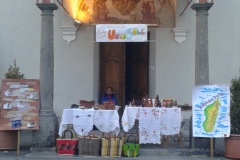
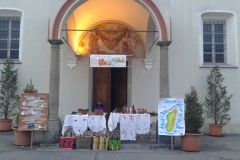
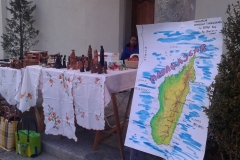
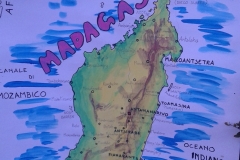
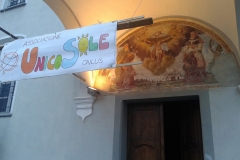
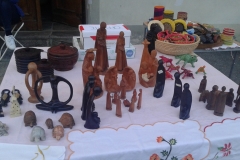


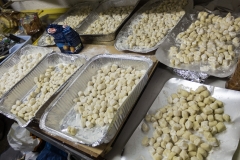


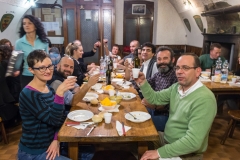

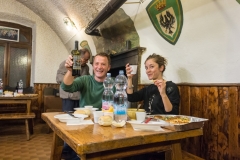



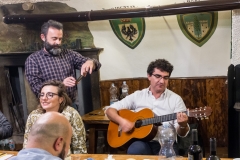

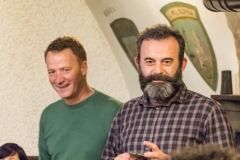



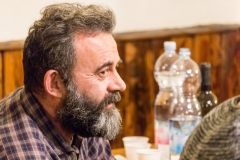

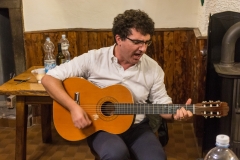
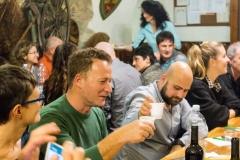
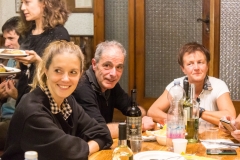



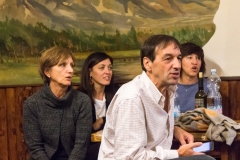
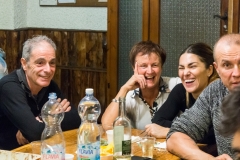

 Continuo a scrivere dopo aver cenato con la vedova e i suoi cinque figli, 3 maschi e 2 femmine, del guardiano di buoi di Marofivango, l
Continuo a scrivere dopo aver cenato con la vedova e i suoi cinque figli, 3 maschi e 2 femmine, del guardiano di buoi di Marofivango, l